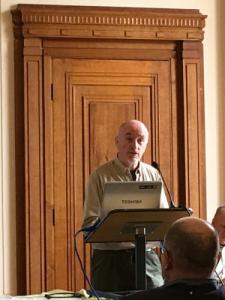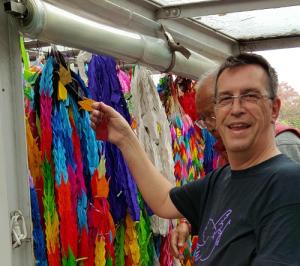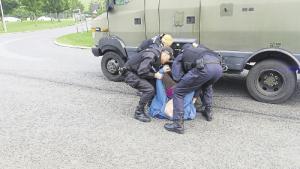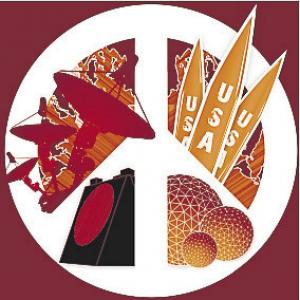On 11 March, a conference entitled ‘Green Nuclear-Free Wales’ drew more than 60 delegates to the National Library in Aberystwyth on the sixth anniversary of the ongoing Fukushima nuclear disaster (in March, a Japanese court ruled that state negligence contributed to the triple meltdown).
Speakers in Aberystwyth included the former chief electrical engineer for Hinkley Point, Peter Smith, who critiqued nuclear industry safety…







